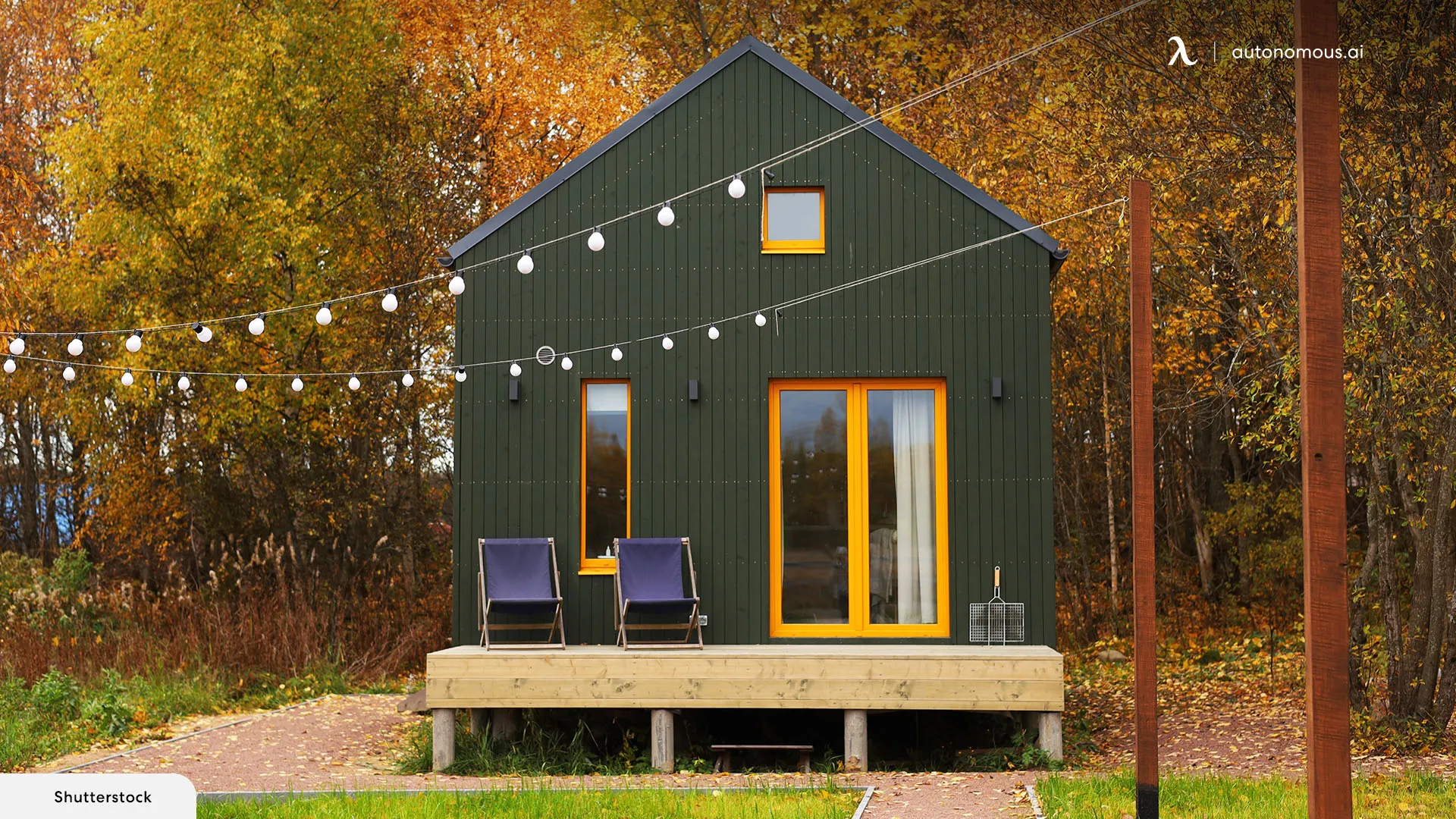
JADU vs. ADU: Understanding the Key Differences and Benefits
Table of Contents
The idea of accessory dwelling units (ADUs) has attracted considerable attention as an innovative approach to sustainable urban development, housing instability, and the need for more adaptable housing options. The addition of junior accessory dwelling units (JADUs) in California has further aided in this popularity.
Although ADUs and JADUs both contribute to a greater housing supply and provide more flexibility, there are some differences between the two in terms of features, necessities, and potential uses. Therefore, today, we'll go over several key points to help you decide between JADU vs. ADU and which one is a better fit for you.
ADU vs. JADU: What is an ADU?
Accessory dwelling units (ADUs) are typically constructed on the same property as a main residence and offer a distinct living space. Converted garages, standalone buildings, or even additions to pre existing houses can all qualify. Efficient ADU ideas can serve a variety of functions, including sheltering adult children, providing rental money, or housing senior family members. They come in a range of sizes, from studio apartments to full-fledged prefab houses. Advantages of ADUs are:
Rental Income
One great way for homeowners to start bringing in some extra cash is by renting out their accessory dwelling units (ADUs). Homeowners can earn extra money or reduce their mortgage payments by renting out their backyard ADUs.
Flexibility and Versatility
Depending on your needs, an ADU can be a multipurpose facility. The ADU’s adaptability to evolving needs guarantees that the space will maintain its value and utility throughout time and can even be used for fun backyard ideas for adults.
Increased Property Value
An ADU is a great way to boost your home's resale value. There are two reasons for this: first, the extra living space, and second, the fact that ADUs are a selling point for many homeowners.
Multigenerational Living
An accessory dwelling unit (ADU) is a great option for families with multiple generations who want to live together. Having a separate prefab ADU can provide a sense of independence and solitude for loved ones, whether they are aging parents, adult children, or someone else in the family.
Affordable Housing
ADUs can help provide affordable housing by increasing the supply of rental apartments in neighborhoods. In addition to making money, you can provide affordable housing to others by renting out your ADU at a reasonable price.
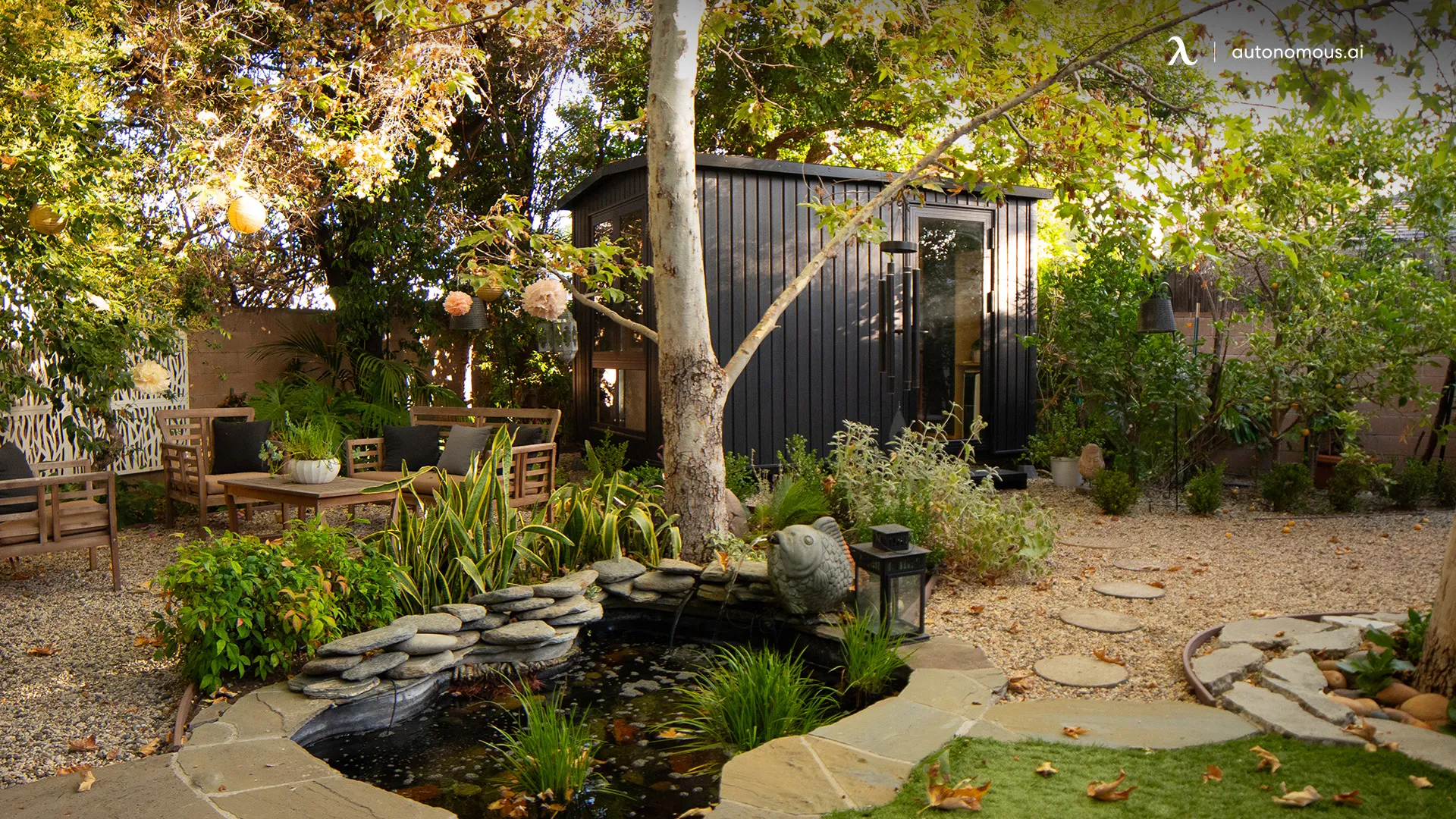
JADU vs. ADU: What is a Junior ADU?
A junior ADU (JADU) is a type of smaller ADU that fits in with the main house more closely. Common methods for its construction include repurposing an existing room or even a section of the garage. JADUs are a great option for homeowners who are short on space or who want to give their extended family members their own place while being close to them. Benefits of junior ADUs are:
Affordability
Due to their small size, junior ADUs are an affordable option between JADU vs. ADU; they are less expensive to build than conventional ADUs.
Shared Utilities
Sharing utilities and sewage systems between the main house and the JADU simplifies and reduces the cost of building.
Combining with ADUs
Constructing a JADU in conjunction with an ADU can easily convert your single-family home into a triplex. This setup offers a greater opportunity to earn rental money.
Increased Living Space
If you live in a jurisdiction that allows it, a JADU can increase the square footage of your living space, giving you more room for all your needs.
Avoid Impact Fees
It is common for JADUs to avoid impact fees, which results in development cost savings. Furthermore, certain jurisdictions may exempt JADUs from specific improvements to the building and fire codes, which can lead to reduced permitting fees.
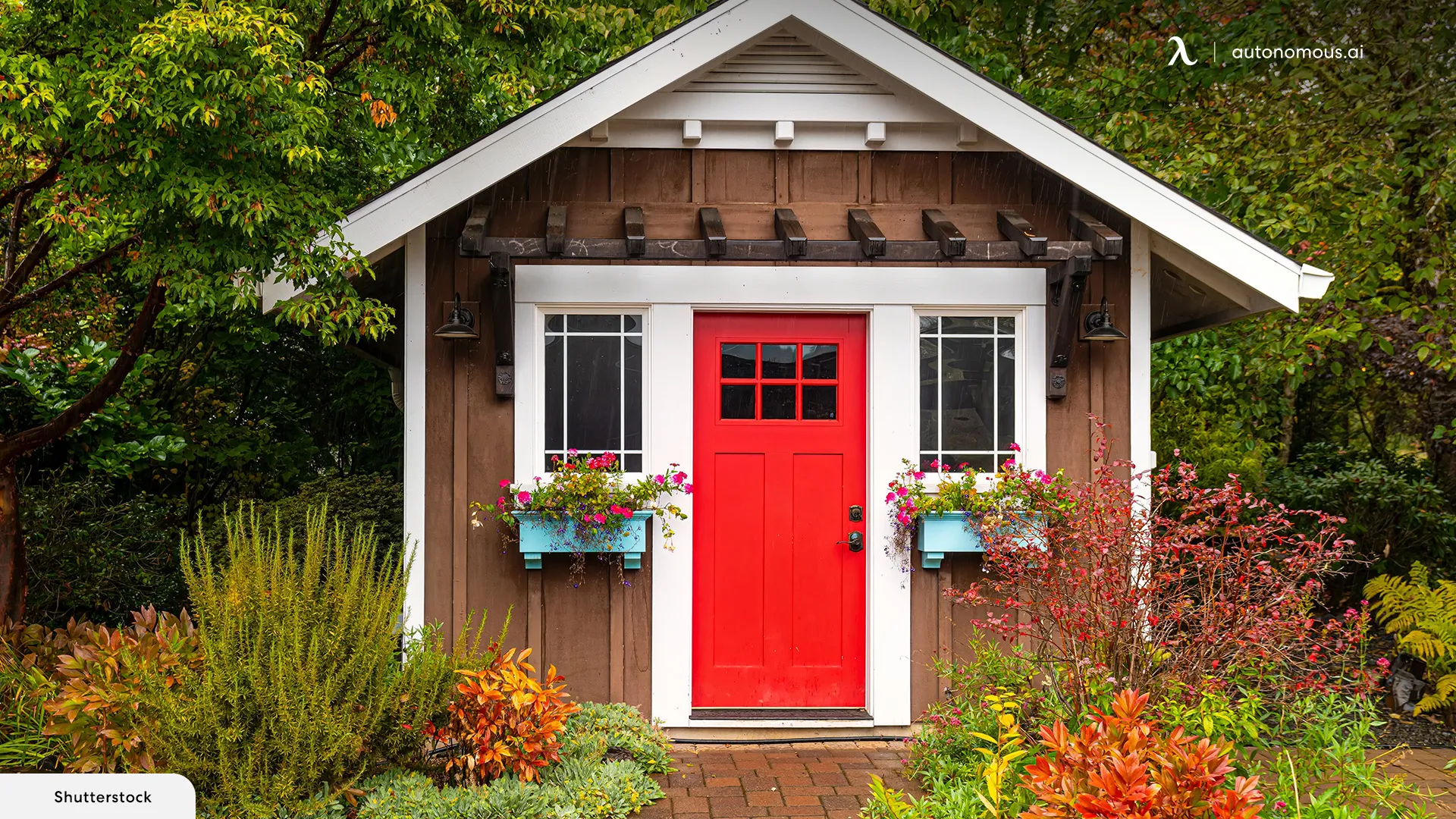
Differences Between JADU and ADU in California
1. Unit Size
Size is a key differentiator between JADU vs. ADU California. Junior ADUs cannot exceed 500 square feet; they are typically quite small and designed in a studio style. A JADU can only have one occupant due to this.
On the other hand, more room is available in standard ADUs, and local governments in the state are legally able to impose their own size limits. There is a significant size difference between ADU vs. JADU Los Angeles; the normal maximum size for an ADU is 1,200 square feet, which is twice as large as a JADU.
2. Rooms & Amenities
According to California law, a JADU can use the same toilet as the main residence. A designated parking spot is unnecessary, and for amenities, a space-efficient kitchen should be constructed to meet JADU regulations.
Due to their status as independent dwelling units, ADUs are required to have rooms and facilities, such as a kitchen, a bathroom, a place to sleep, and a living area. The landowner may be subject to parking regulations, depending on factors including the property’s distance from public transportation.
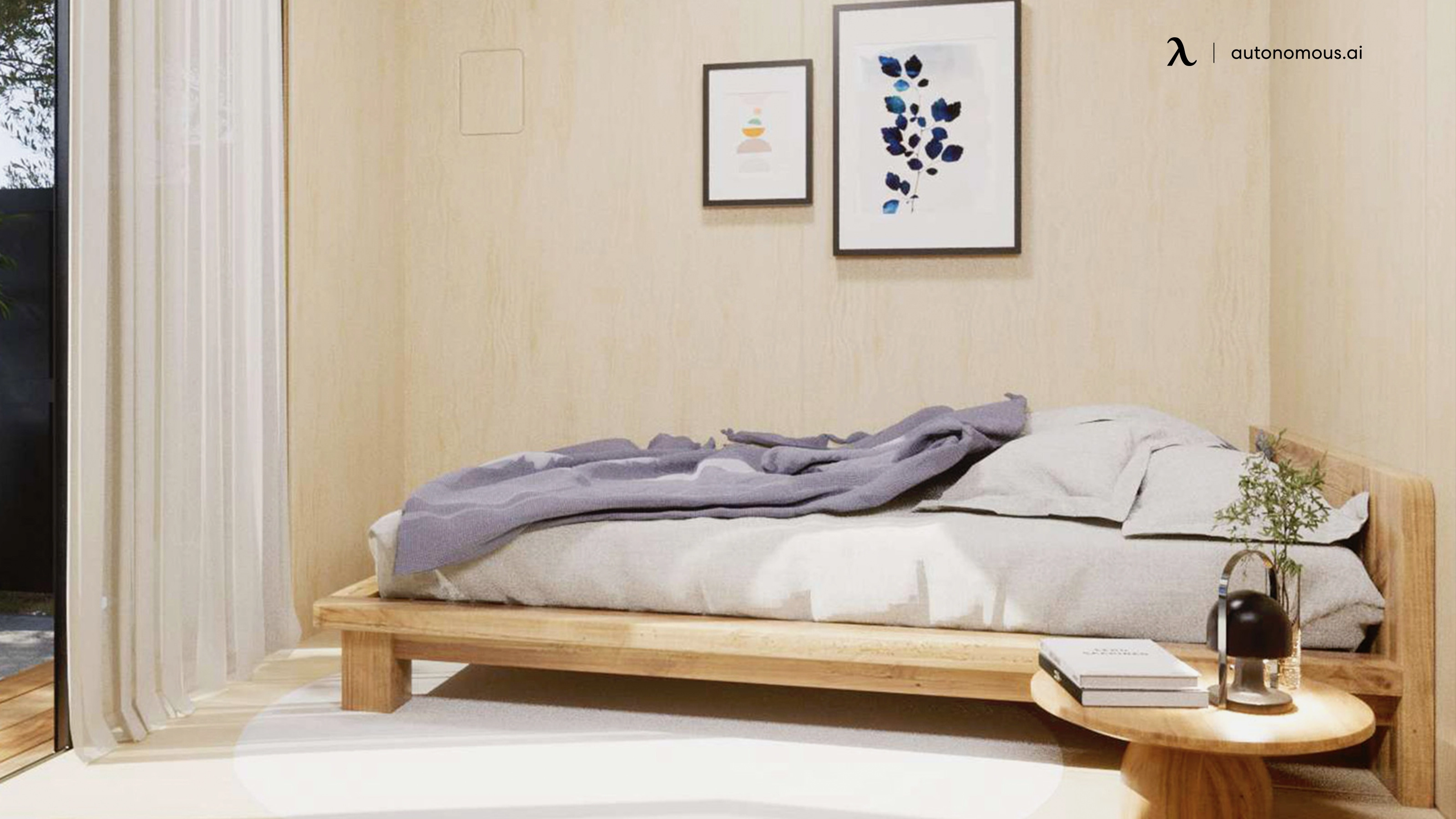
3. Owner Occupancy Requirements
The type of unit determines the California rules regarding owner occupation. For a JADU, the homeowner must reside on the property. The owner occupation mandate does not apply to ADUS, giving property owners more flexibility.
4. Parking
The rules in your area regarding the parking of JADUs vs. ADUs could be different from one another. You would have to give up a parking spot if your accessory dwelling unit is in a sustainable development zone or near the water. If your ADU is close to public transportation, you might not even need one. There is no need to allocate extra parking places for JADUs in California.
5. Entrance
Separate entrances are a requirement of standard accessory dwelling units (ADUs), which provide their residents total autonomy and seclusion from the main house. Although JADUs are obliged to have their own entry, they must also have an entrance to the main home if they share a bathroom.

Factors to Consider Before Deciding Between a JADU vs. ADU
After determining what states allow ADU, there are several considerations while choosing between JADU vs. ADU:
- Cost Implications: Before beginning the process of building an addition to your home, calculate your available funds and your budget. Consider all of the expenditures, including building, permits, utilities, and maintenance, while making your decision.
- Zoning and Legal Considerations: Before deciding whether to build a JADU or an ADU on your land, check the zoning restrictions in your area. Before starting building, be sure you’ve complied with all laws and gotten all the required permits.
- Design and Customization Options: Consider how much flexibility you want in the design process. You may construct the best ADU that matches your vision with greater freedom in terms of design and customization.
- Living Space and Functionality: Consider how much extra room you'll need and plan accordingly. If you need extra space, anticipate a growing family, or prefer a more adaptable floor plan, consider an ADU.
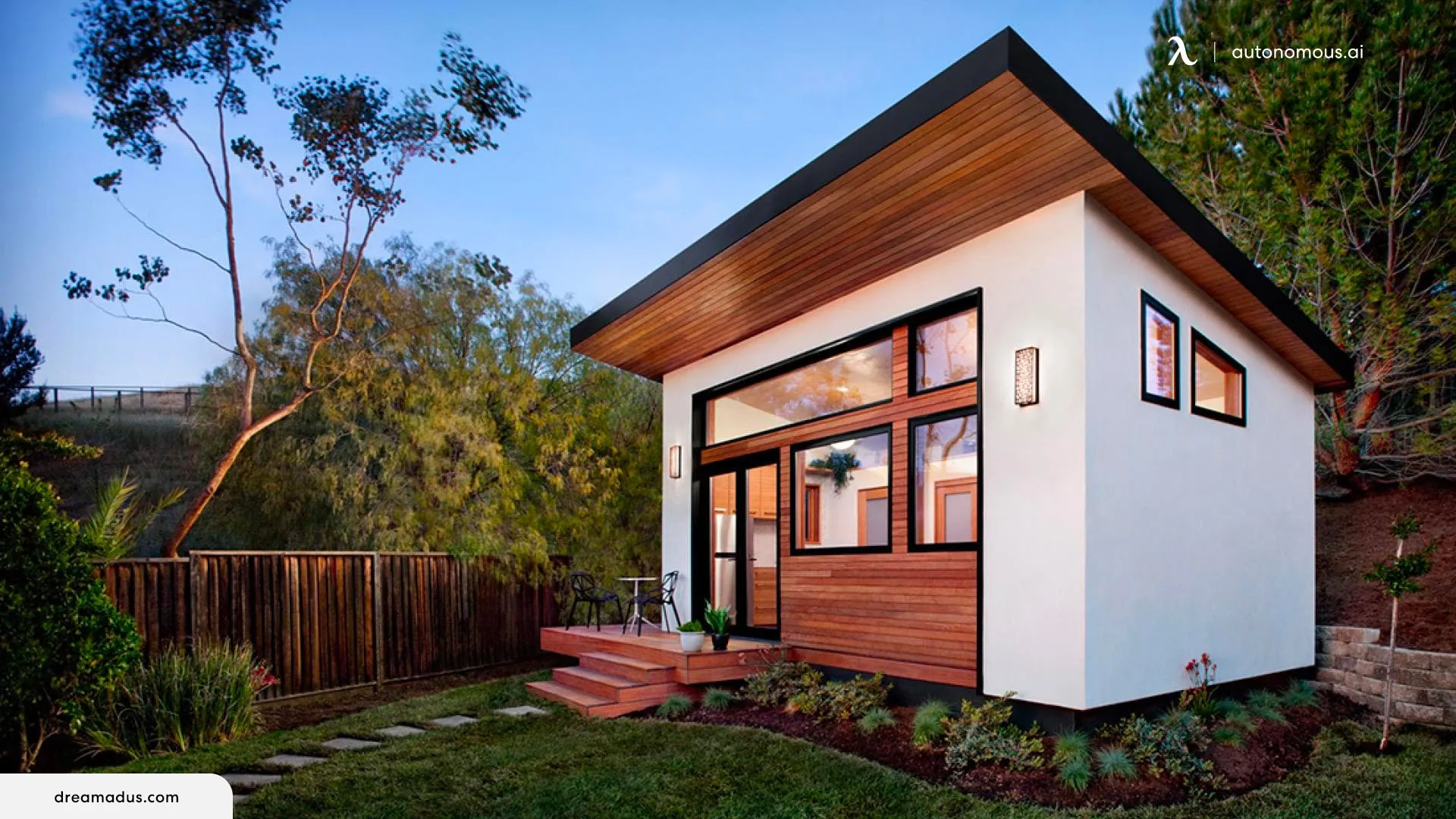
Conclusion
So, how are ADUs and JADUs different? As you can see, there are many similarities and differences.
Consider constructing an ADU if you are in a financially stable position to do so. If the budget is tight, you might want to consider turning a spare room in your primary house into a JADU. Both of these units provide housing at affordable prices. So, consider your needs, objectives, and the limitations of your property while deciding between JADU vs. ADU.
Stay connected with us!
Subscribe to our weekly updates to stay in the loop about our latest innovations and community news!
Interested in a Link Placement?
Spread the word
.svg)



/https://storage.googleapis.com/s3-autonomous-upgrade-3/production/ecm/230914/bulk-order-sep-2023-720x1200-CTA-min.jpg)

/https://storage.googleapis.com/s3-autonomous-upgrade-3/production/ecm/230824/image_78sctd8d_1692158325567_raw-80639991-bedf-4e11-a77c-1c8e0a351b40.jpg)